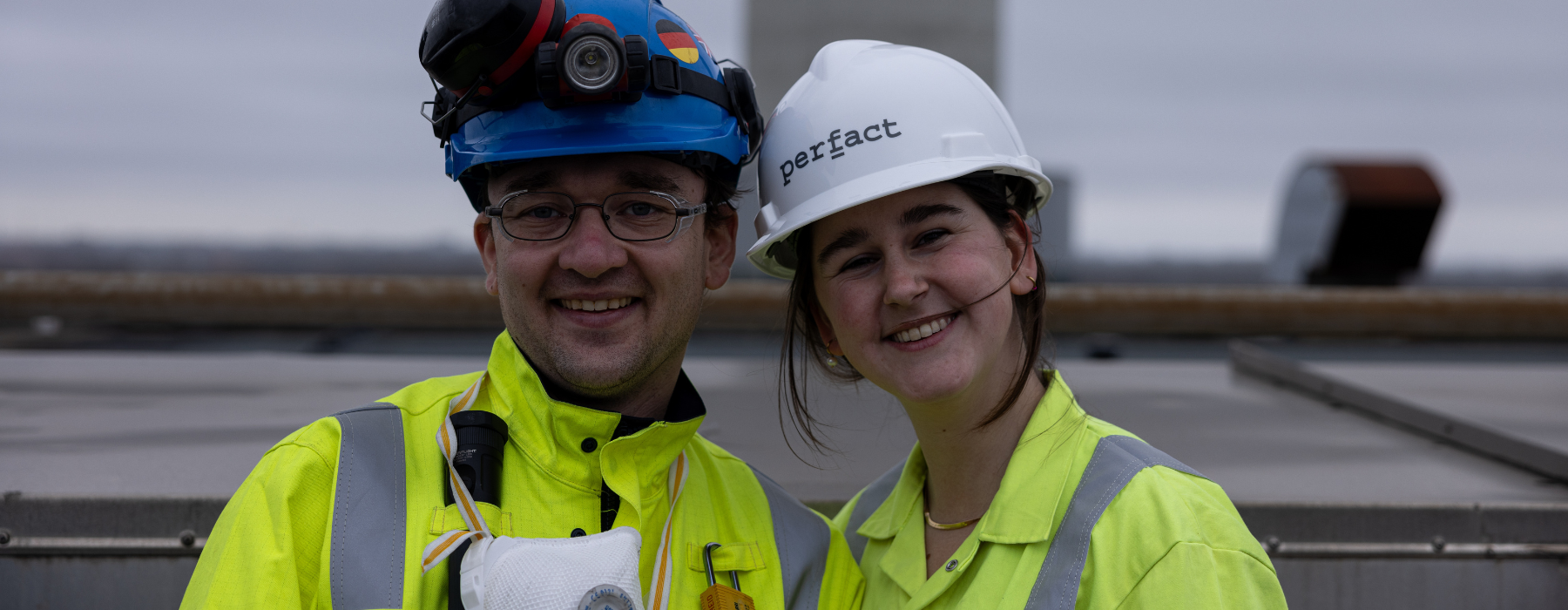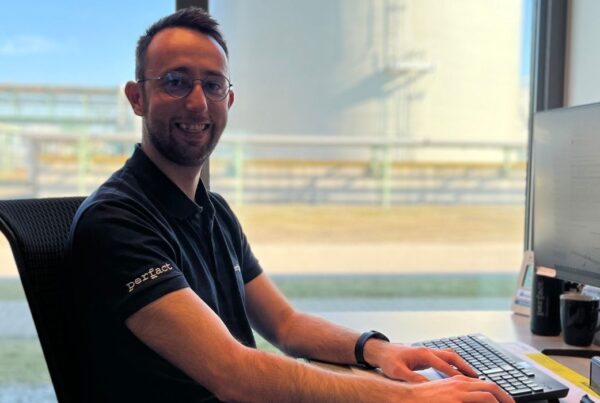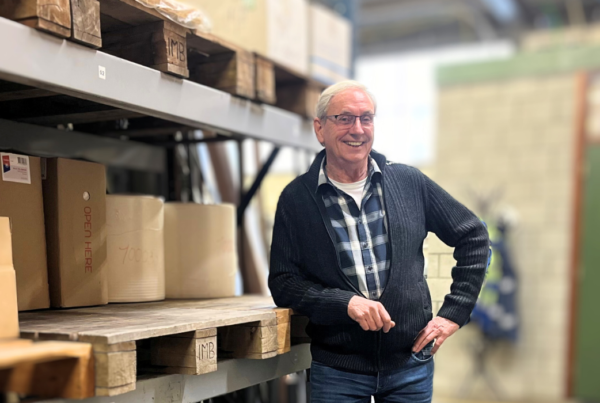Martijn Cabri (age 29) started as a work planner at one of our clients, a waste treatment plant, 1.5 years ago. We paid him a visit to see what his job is all about.
As a reader of this article, you will probably wonder if it doesn’t smell; working at a waste treatment plant. A prejudice that Martijn can immediately disprove. “The waste is within the plant at one point and that is where it is dumped,” he explains. Thank goodness, because at least this way he can start each workday fresh.
The path to becoming a work planner
Before taking on the role of work planner, Martijn worked as a document controller. His first experience as a work planner was in the construction and mechanical engineering sector. Through Perfact, he then took on the role of supervisor in a steel mill, where he ensured that all processes in the plant were carried out correctly. After this position, he progressed within the same plant to become a work planner.
Although work preparation usually consists of preparing, checking and planning the work to be performed, there are certainly differences between the plants where our colleagues work. Martijn can attest to that, having worked as a work planner in several places. “That difference is mainly in the different technical aspects. In the case of my current workplace, there is a much more complex flue gas cleaning system than in other plants. One has to take that into account in the process,” Martijn said.
Difference in departments
In addition to the differences in terms of work location, there may already be differences in the type of department you will be working in as a work planner. “I started my career at my current client in the overhaul team, and then after a few months transferred to the technical department,” says Martijn.
The difference lies in the fact that the work you prepare for the overhaul team is performed during the overhaul period, during which the plant is actually shut down. “Only then is it possible for the overhaul team to crawl or climb into the plant to perform work. The planning during such a period is always very tight, because you don’t want the plant to be down for too long.”
Within the technical department, planned work is carried out while all machinery and equipment are still operational. “This involves turning off only one engine or other component to work on. Once the maintenance work is completed, this component is put back into operation,” Martijn continued.
Personal development
The opportunity to work for different clients and therefore in different locations is what really attracts Martijn to working for Perfact. “In addition, he also really feels part of the Perfact family, despite the fact that the headquarters in Munstergeleen (South Limburg) is ‘far away.’ Also, the guidance I get from Roel, Jilke and Tanne is always very nice. Especially in the beginning, when I really needed those tools. This way I was able to develop myself to where I am now. I am proud of the fact that I can stand my ground nowadays, because you also need that as a work planner,” Martijn concludes.




